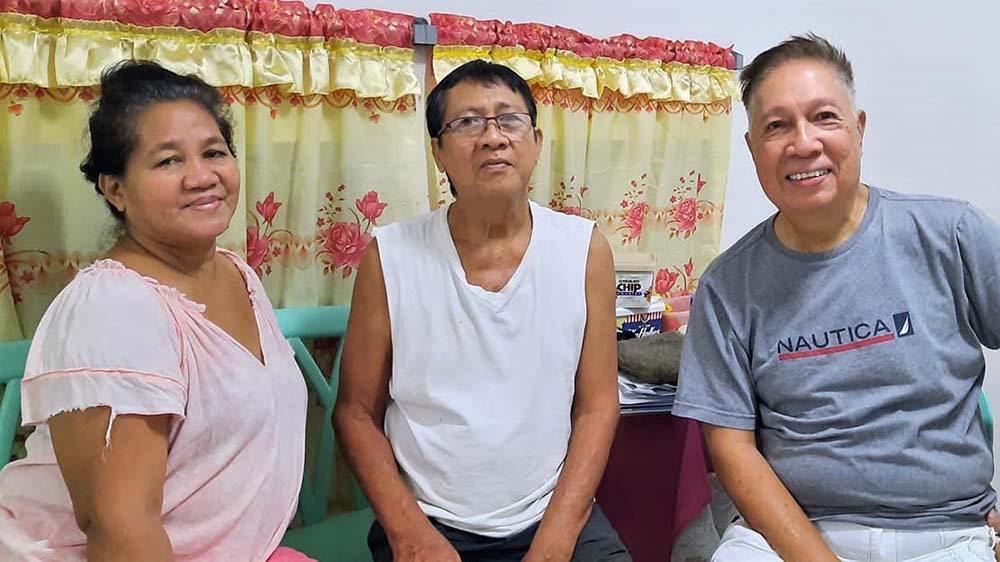Puchang Puto, O!

By Rex Catubig
NOWADAYS, when Puto (local rice muffin, not the gay Mexican variant) is mentioned, it comes with the descriptive prefix Calasiao. Just like the fish Bangus which is irrevocably identified with Dagupan, Puto and the township of Calasiao are mentioned in the same breath and have become synonymous and interchangeable.
But, truth to tell, it really smacks of identity theft.
With due respect, long before Calasiao Puto came to be and assumed its popular identity, barangay Pogo Grande in Dagupan had long been steaming these muffins made of stone milled white rice.
After the Liberation in 1945, weary and worn by the war, people began piecing together their lives again, devising ways to make both ends meet, putting to use crafts and skills handed down from generations.

For the young couple, Guillerma Galvan and Andres Gabat Paragas, of Malued and Pogo Grande, the making of rice cakes was a godsend. It was the legacy of Guillerma’s mother, Francisca del Monte, who was a respected artisan of rice cakes. They set up a makeshift shop by the Pogo Grande bridge and, working with the heirloom recipe from memory, they took on the time-consuming and laborious task of making what would be the indigenous Dagupan Puto.
In no time at all, their diligence and perseverance paid off as they became the most popular maker of Puto in the flourishing city–supplying almost all of the market outlets.
What began as a humble cottage industry amply supported the couple’s family that had become cheaper by the dozen–five boys and seven girls all told.
The making of the prototype Puto, begins by soaking rice for at least two hours, after which it is milled to come up with “tapong” or the soft dough. To make the dough rise thus increasing the volume and making it fluffy, they make their own organic leavening agent.
This is done by soaking a coconut shell or “lapis” in the rinse water of the rice, letting it ferment for about three weeks. The coco shell which by then is covered with fungus, is lightly washed to remove the odor–then is let to stand in the “tapong” until the rice dough rises and is ready to be poured into the “enchaao” or small cylindrical tin molds, then steamed to perfection.
By some quirk of fate, or maybe because of the more aggressive and enterprising stance of the Calasiao puto makers, Calasiao puto swayed the fickle consumer psyche and ingeniously created a popular craving for it.
Sadly, Dagupan puto has lagged behind not only in the commercial race, but worse, in product recall.
But all is not lost, the third child of pioneer Puto makers, Andres and Guillerma, heir Roberto Paragas, now 72, and supportive wife, Erlinda, are both holding the fort and not about to wave a white flag. Despite the adverse competition, they still make the puto that had been the hallmark of their family and the livelihood of two generations, going on to the third. With the patronage of friends and original Dagupan Puto aficionados, they have kept the fire burning and the now modern puto cookware steaming.
Let us rediscover Dagupan Puto.
As dyed in the wool Dagupenos, it behooves us to rekindle our romance with our beloved Puto.
Share your Comments or Reactions
Powered by Facebook Comments











